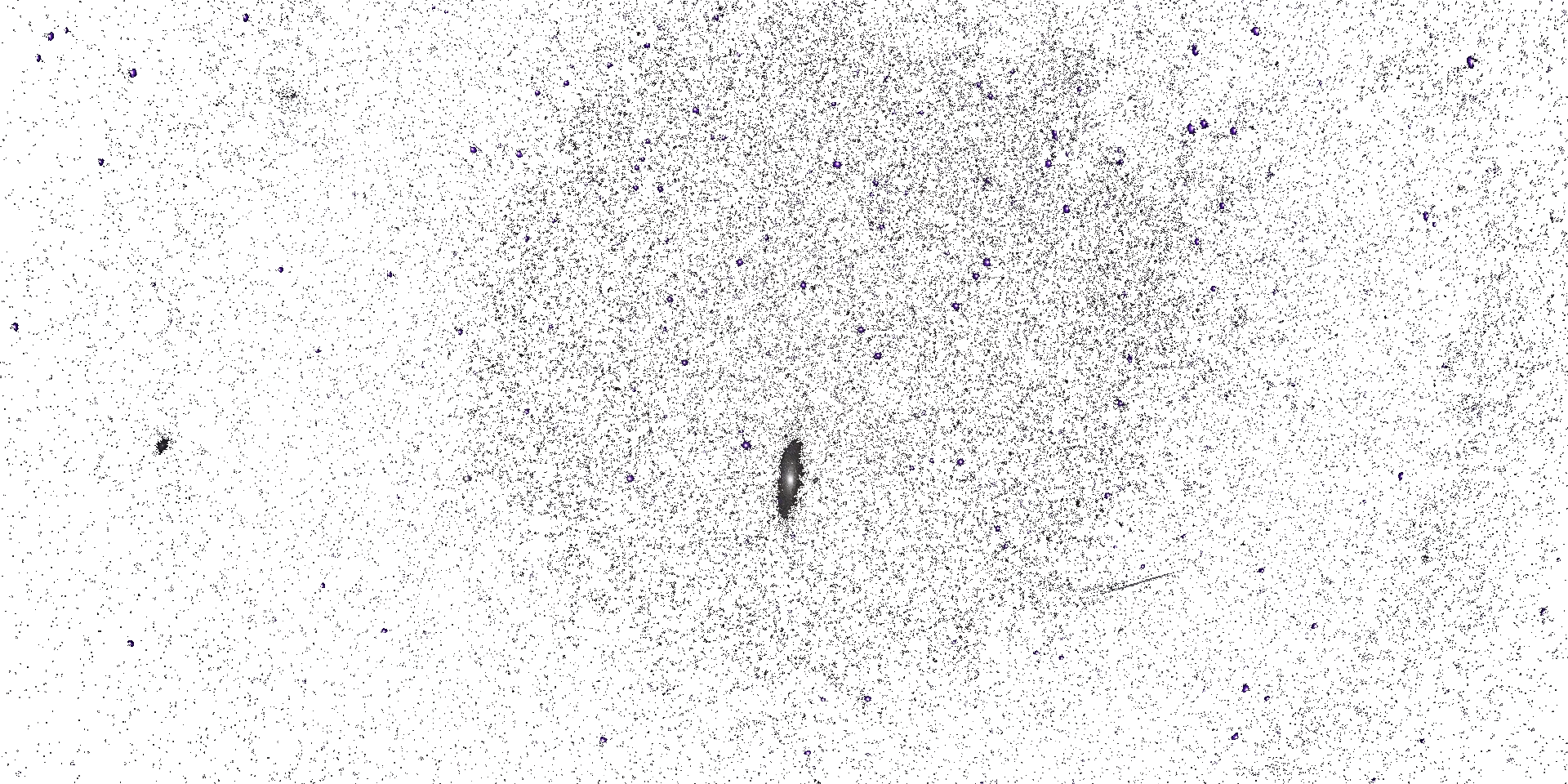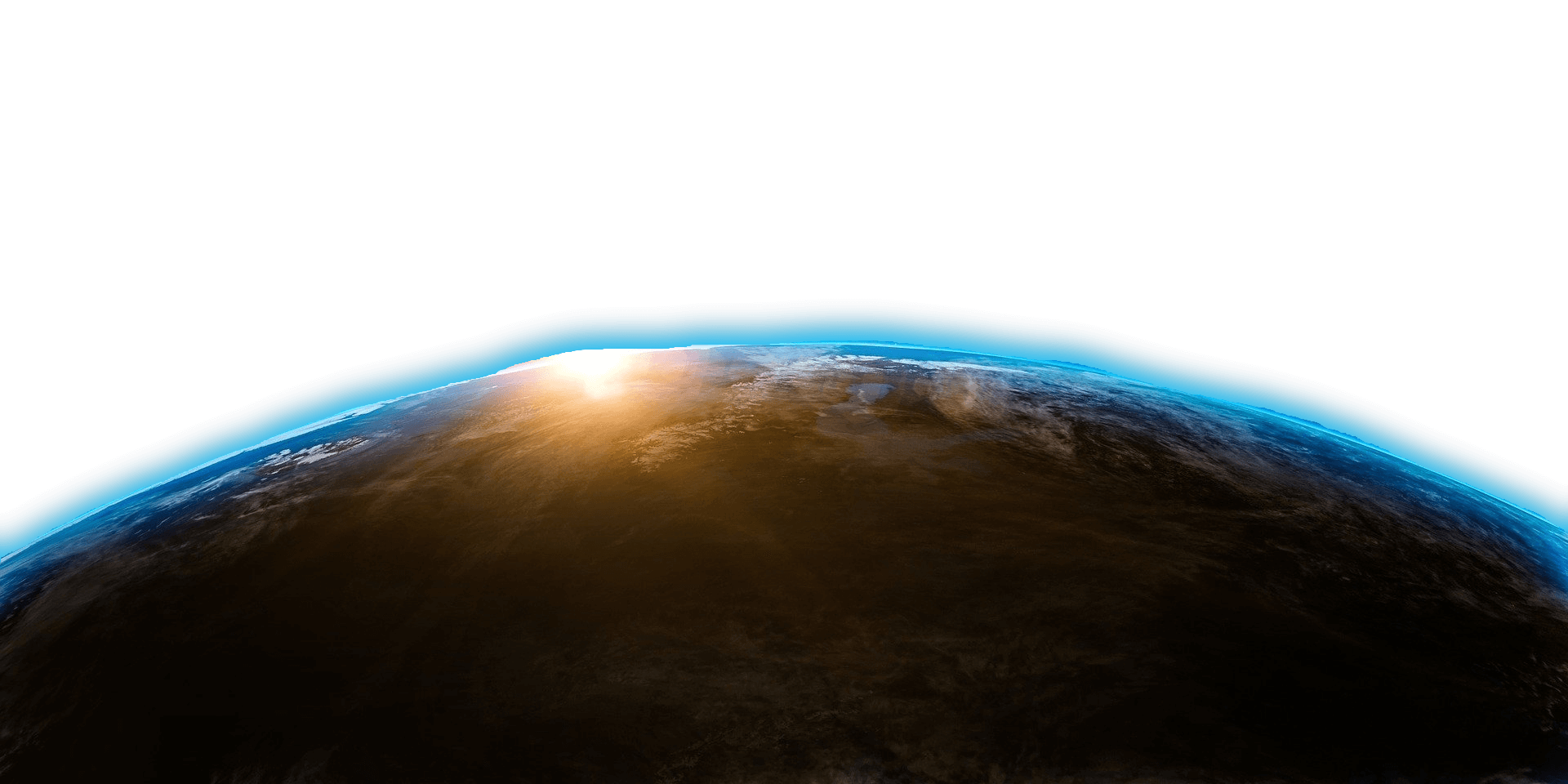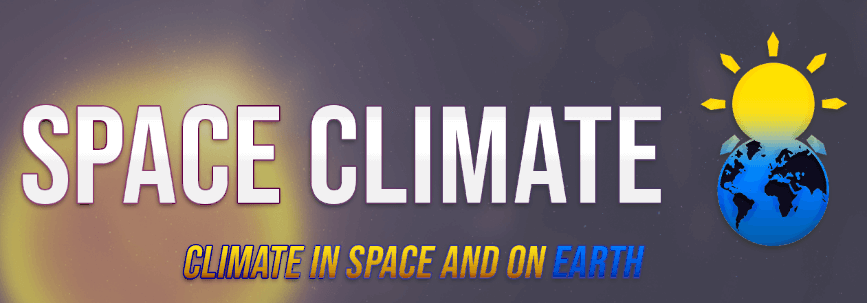




Space Climate 8 Meeting Abstract
Detection of solar events by using radiocarbon in tree-rings
Nicolas Brehm (ETH Zürich)
Nicolas Brehm, Marcus Christl, Florian Adolphi, Raimund Muscheler, Hans-Arno Synal, Florian Mekhaldi, Chiara Paleari, Timothy Knowles, Hanns-Hubert Leuschner, Alex Bayliss, Kurt Nicolussi, Thomas Pichler, Christian Schlüchter, Charlotte L. Pearson, Matthew W. Salzer, Patrick Fonti, Daniel Nievergelt, Rashit Hantemirov, David M. Brown, Ilya Usoskin, Lukas Wacker
The Sun irregularly expels large amounts of energetic particles into the interplanetary space and towards Earth which can be observed as so-called solar proton events (SPE). These large amounts of energetic particles could cause major damages to satellites and could even disrupt sensitive electronic systems at ground level. This rises the questions how often strong SPEs occur. Since direct observations of SPEs are limited to the last few decades, cosmogenic radionuclides can be used to detect and study SPEs further back in time.
The production rate of cosmogenic nuclides, such as radiocarbon, is primarily dependent on the incoming flux of highly energetic galactic cosmic rays (GCR). Normally solar particles expelled into the interplanetary space have not sufficient energy to cause radionuclide production in the Earth atmosphere. But they carry solar magnetic fields that shield the Earth from GCRs, resulting in a reduced production of cosmogenic radionuclides. But when the sun expels large amounts of highly energetic particles (solar proton events: SPE) radionuclide production on Earth can suddenly be increased. There are findings of sharp increases in several radionuclide records (10Be, 36Cl, 14C) within less than one year, which can be attributed to SPEs.
Until now, only three strong SPEs could confidently be detected by using cosmogenic radionuclides. Such spiked increases also have the potential to be used to synchronize other not precisely dated cosmogenic radionuclide records (e.g. 10Be, 36Cl). Analyzing 14C concentrations in annual tree-rings from Switzerland, Germany, Ireland, Russia, and the USA we discovered two additional spikes in atmospheric 14C. The ~2% increases of atmospheric 14C recorded for both events exceed all previously known 14C peaks. However, after correction for the slowly varying geomagnetic field that also modulate cosmic radionuclide production, they are comparable to the largest event of this type discovered so far at 775 CE. These strong events serve as accurate time markers for the synchronization with floating tree-ring and ice core records and provide critical information on the previous occurrence of extreme solar events which threaten modern infrastructure.
